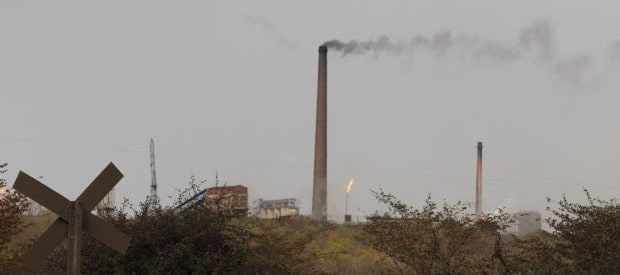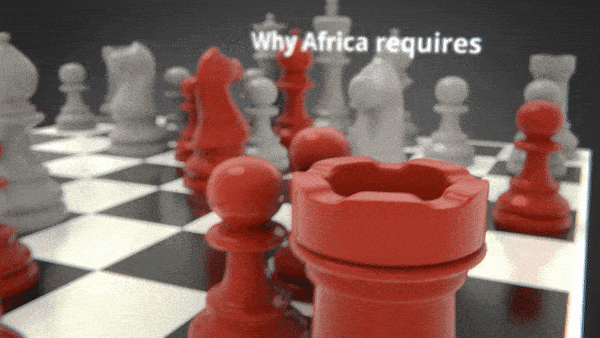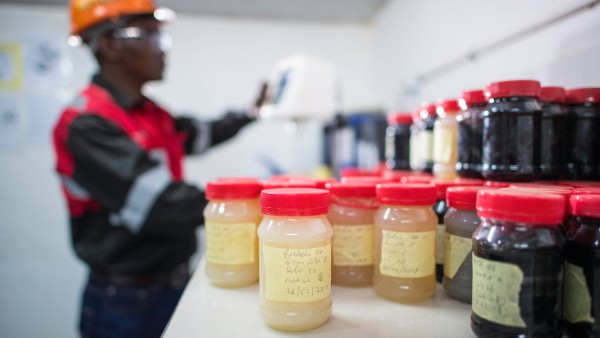Originally posted by Leon Louw for Why Africa Magazine
In the journey towards decarbonisation, the South African mining sector is taking its first steps toward renewable self-generation. What will need to follow is a more systematic and integrated approach that addresses the whole mining supply chain.
This was one of the messages from Professor Michael Solomon, in a webinar for the Southern African Institute of Mining and Metallurgy (SAIMM) on ‘Decarbonising the Mining Sector by 2040’. Professor Solomon is the chair of the SAIMM’s Environmental, Social, Governance and Sustainability (ESGS) committee, and an adjunct professor at the University of Cape Town.
“Decarbonisation is often simplistically interpreted as being about renewable energy and the use of fossil fuels,” he said, “but it is far more complex than that.”
Mines need a more holistic approach
He noted that many of the mines’ renewable energy projects were driven by sheer economics, given the rising cost of grid electricity. Ashleigh Maritz, principal environmental scientist at SRK Consulting, was in the webinar and concurred that mines need to look holistically at their operations and value chains.
“There are many opportunities within the mining value chain, including partnering with suppliers, to build a more far-reaching decarbonisation strategy,” said Maritz. “The hydrogen economy is also likely to play an important role.”
In the manufacturing of each ton of hydrogen, some eight tons of oxygen were produced – which could be used for other purposes.
The topic of synthetic diesel was also raised; while it is currently more costly to produce synthetic diesel than sourcing fossil fuel diesel, the impact of carbon tax may change this equation.
“Professor Solomon also highlighted that decarbonisation strategies must contribute to a just energy transition, by empowering and equipping vulnerable communities for the future,” she said.

A broader approach
Also in the webinar was Marcin Wertz, partner and principal mining engineer, who picked up on the need for a broader approach than just on-mine initiatives.
“When considering opportunities to pursue a decarbonisation agenda, it is also worth looking beyond the mine’s boundaries to the communities,” said Wertz.
He highlighted the different modalities for decarbonisation mentioned in the webinar. In addition to the key step of mines going off the grid, other avenues included electric mobility and hydrogen-powered heavy mining equipment.“There are also opportunities in the circular economy, green explosives and waste-to-energy,” he said.
Exciting developments are afoot from mines who are planning to generate their own renewable energy, according to Professor Solomon. He said 29 mining companies were undertaking 89 energy projects which promised to generate 6.5 GW of solar, wind and biomass energy, as well as battery storage.

Image credit: Leon Louw for WhyAfrica
Spin-offs from renewable energy
SRK partner and principal consultant Andrew van Zyl argued that there were considerable spin-off benefits from the introduction of renewable energy technology in mining areas – many of which were rural and remote.
“All along the route that this equipment takes to a mine, there is now a channel being created for other stakeholders such as communities to embrace this technology,” said Van Zyl, who is also a member of the SAIMM ESGS committee. “It should be remembered that South Africa faces the pressure not only to decarbonise, but to generate steadily more energy than is currently available.”
BME’s used oil initiative utilises a waste-to-energy strategy:

In order to secure the high volume of used oil required by BME for its own use, BME has developed its own used oil collection network and processing facilities.
Used oil we collect is utilised in the manufacturing of our emulsions. This recycles the used-oil and safely disposes of it through the blasting process.
BME currently consumes more than 20% of the total available used-oil in South Africa.





